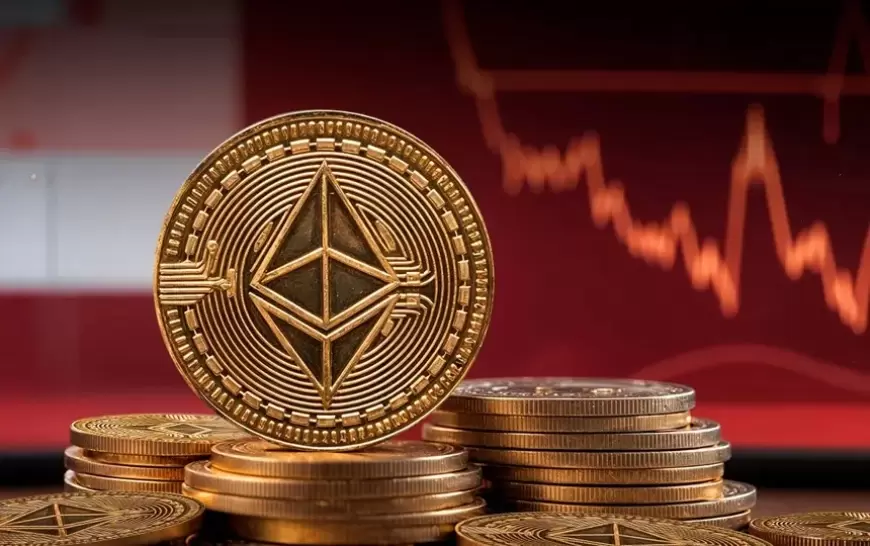Bearish Signals Loom Over Ethereum's Future
Ethereum faces a bearish outlook as data indicates aggressive selling by futures traders. The cryptocurrency's price could continue to decline unless a significant shift in market sentiment occurs.

CryptoQuant's data paints a pessimistic picture for Ethereum (ETH), indicating a potential continuation of the current downward trend. Struggling to surpass the $4,000 mark, Ethereum faces significant pressure from futures market participants.
Taker Buy Sell Ratio Reveals Aggressive Selling
A key indicator, the seven-day moving average of the Taker Buy Sell Ratio, reveals a troubling trend. The ratio, which gauges the aggressiveness of buyers versus sellers on the futures market, has consistently failed to rise above one and is sharply declining. This signifies that the majority of futures traders are aggressively selling ETH, either for speculative reasons or to secure profits.
Implications for Ethereum's Price
The sharp drop in the Taker Buy Sell Ratio is a bearish signal for Ethereum. It indicates that sellers are dominating the market, putting downward pressure on ETH's price. If this trend persists, ETH might struggle to overcome resistance levels and could experience further price declines.
Factors Influencing the Bearish Trend
Several factors contribute to this aggressive selling behavior, including the overall bearish sentiment in the crypto market and traders taking profits from previous gains. Speculative strategies employed by futures traders can also amplify market movements, adding to the downward pressure.
Reversing the Bearish Trend
To reverse this bearish trend, a significant shift in market sentiment and trading behavior is needed. Positive developments, such as regulatory clarity or favorable macroeconomic trends, could potentially influence trader sentiment and spark a recovery for Ethereum.

































